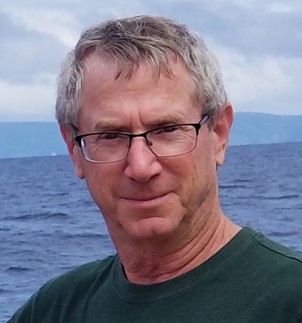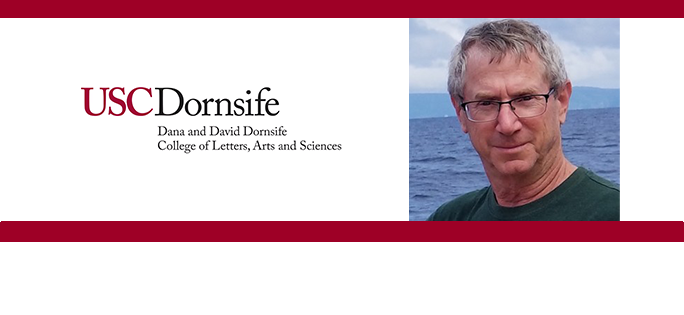 Trees don’t need to be in a forest to help combat climate change.
Trees don’t need to be in a forest to help combat climate change.
Will Berelson, Paxson Offield professor of Earth Sciences, Environmental Studies and Spatial Sciences at the University of Southern California Dornsife, looks at reducing emissions in urban areas.
Will Berelson is the Paxson Offield Professor of Earth Sciences, Environmental Studies and Spatial Sciences at USC Dornsife College of Letters, Arts and Sciences. His research involves studies of chemical cycling in the air and ocean, largely focusing on the carbon cycle. He is part of an interdisciplinary USC team leading the USC Urban Trees Initiative and the Carbon Census group, a program to study hyperlocal distributions of CO2 and other air constituents in Los Angeles neighborhoods.
Urban Greenery Plays a Bigger Role in Offsetting Fossil Fuel Emissions than Expected
As climate change worsens urban heat and pollution, trees do more than provide shade—they absorb CO2 emissions. Our research offers a model for cities to measure how much CO₂ their trees capture.
In a dense Los Angeles neighborhood, we found trees working harder than expected. During spring and summer, they absorb up to 60% of daytime carbon emissions. Annually, that drops to about 30%.
We deployed 12 high-resolution carbon monoxide and carbon dioxide sensors across a 14 mile by 4 mile area, encompassing downtown Los Angeles, to track CO₂ movement in real time. Factoring in wind speed, direction, and urban density, we mapped how local greenery offset fossil fuel emissions.
Traditional estimates rely on fuel sales, traffic data, or single-point sensors. Our approach measured CO₂ directly, providing an accurate, long time averaged and localized view.
Think of emissions like passengers on a train—pollution moves through the city, some gets picked up, and some gets dropped off. Our array of sensors captured this process in action.
Surprisingly, trees absorbed the most CO₂ in summer. Despite L.A.’s dry climate, irrigation, groundwater from leaky pipes, and drought-resistant trees keep the city’s greenery active year-round.
But trees alone can’t keep up. CO₂ levels still spiked during rush hour, underscoring the need for clean energy and public transit. In L.A., we’re expanding the Carbon Census network and we believe this real-time monitoring can help cities worldwide keep track of emissions and maximize urban greenery’s impact.
Nature is helping—but we can’t expect it to do all the work.
Read More:
[USC Dornsife] – L.A.’s urban trees absorb more carbon than expected, USC Dornsife study finds


Leave a Reply